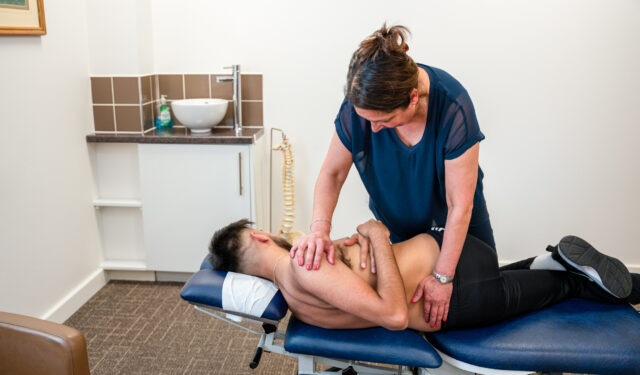Laptop and Briefcase Ergonomics; Pack it light, Wear it right
At Isis Chiropractic Centres, we often help patients who experience pain due to carrying heavy laptop bags or work briefcases—especially when used improperly.
When you have a demanding workload, it’s easy to overload yourself. However, lugging a heavy bag every day can take a serious toll on your back, neck, and shoulders. Over time, this may lead to poor posture, especially if you carry the bag on one side only.
The good news? A few simple adjustments can make a big difference in how your body handles daily commuting. Use the strategies below to prevent injury and move through your day more comfortably.

